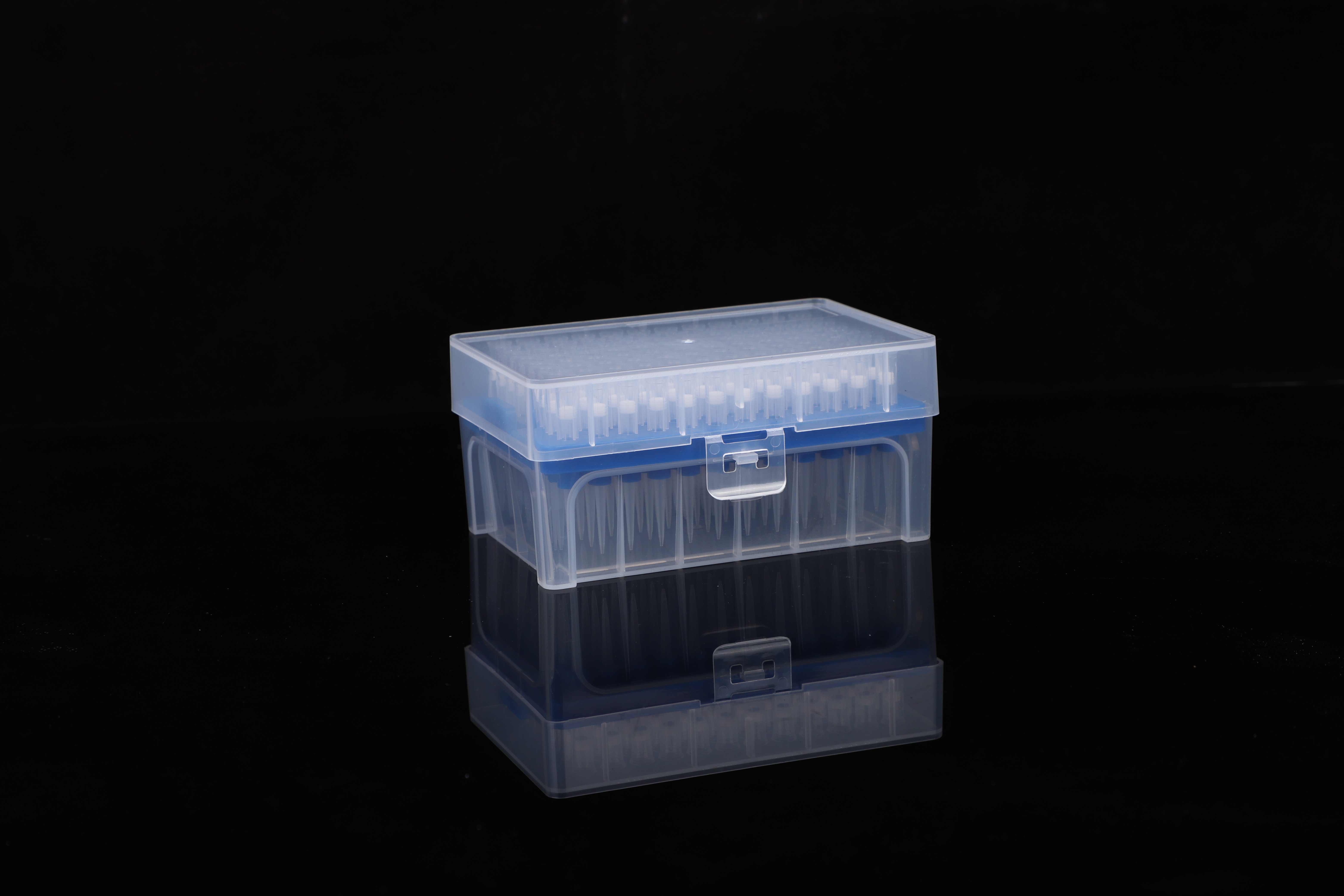Culture media contain various components that promote and support bacterial growth and differentiation.
Priyom Bose holds a PhD in plant biology and biotechnology from the University of Madras, India. She is an experienced academic researcher and science writer. Priyom has co-authored several original research articles that have been published in reputed peer-reviewed journals and has also written extensively on a wide range of topics, such as life science, medicine, nanotechnology, agriculture and environmental science. Microscopic Slides

Learn about our Editorial Policies.
Article reviewed by Phoebe Lostroh, PhD from Colorado College.
Stay up to date on the latest science with Brush Up Summaries.
Since Pasteur first fine-tuned culture media nutrients, energy sources, and selective agents for controllable bacterial growth, key advances in culture media types and ingredients now enable scientists to cultivate diverse and previously unculturable microbes. In this article, explore the history of culture media in microbiology, modern challenges and technological advancements for media preparation, and workflow steps that create more effective and efficient bacterial cultures.
Culture media are nutrient sources that enable scientists to grow microorganisms in vitro.1 “Microbial culture media is like a broth or a soup that contains lots of nutrients such as proteins and sugars,” explained Phoebe Lostroh, a microbiologist at Colorado College.
Louis Pasteur prepared the first liquid bacterial culture medium in 1860, containing yeast, sugar, ashes, and ammonium salt.2 While developing this, he observed that specific chemical features of the culture medium could promote or impede the growth of certain microorganisms. The competition between different microbes for nutrients in a medium led to some species outgrowing the others.
In 1881, Robert Koch noted that bacteria grew optimally when inoculated in broth culture media containing fresh meat extract or beef serum.2 He also encountered difficulties isolating pure cultures from liquid media, which inspired him to develop solid media that enabled the isolation of specific bacterial strains. Koch combated multiple failures when he tested starch paste, coagulated egg albumin, and potato slices as solidifying agents, until he finally found that a gelatinous substance called agar solidified the broth media.
Julius Richard Petri designed a circular “culture box” for solid culture media in 1887, which helped scientists isolate bacterial colonies with reduced contamination.3 Microbiologists still use the eponymous Petri plates today to grow and store bacterial and fungal cultures.
The key ingredients of a culture media may include the following.2
A carbon source is essential for bacteria to produce their own carbon molecules such as proteins, nucleic acids, and fats.2 The key sources of inorganic and organic carbohydrates are carbon dioxide and sugars or alcohols, respectively. Nitrogen is another important component because it aids protein synthesis.4 Researchers commonly use proteose-peptone and tryptone as nitrogen sources in culture media.
Growth factors boost bacterial multiplication when added to the culture media in small quantities.2 There are different growth factor types such as purine and pyrimidine bases, vitamins, and amino acids that influence the growth of different bacterial strains. For example, guanine and amino acids, namely valine and glutamic acid, are essential for Leuconostoc mesenteroides growth.6 L. mesenteroides cannot synthesize these components due to its truncated ilv and leu operons, which are essential for the biosynthesis of branched-chain amino acids such as valine. Therefore, supplementation of these ingredients in culture media promotes growth.
Microbiologists classify culture media based on consistency or physical state as solid, liquid (broth), and semisolid.8 Cultural media consistency is important for different purposes such as pure culture preparation and motility assessment.
Table 1: Different media types based on consistency 9,10
Nutrient agar, malt extract culture agar, McConkey agar
Tryptic soy broth, nutrient broth, phenol red carbohydrate broth
Based on the nutrient composition, scientists sub-classify culture media as simple or complex.11 Simple media such as nutrient broth and peptone water are general purpose media that support the growth of non-fastidious bacteria that do not require any special nutrient supplement or enrichment source to grow. Microbiologists use these media for general isolation and growth experiments.8
Complex media, such as tryptic soy broth, are rich in nutrients that aid in the development of fastidious bacteria that have special nutritional needs for growth.11 Enriching media with substances such as blood and serum can support fastidious or difficult to grow microorganisms. For example, blood agar promotes hemolytic bacterial growth.2 Besides growth promotion, such media may also elevate characteristic bioactive compound production via microbial fermentation.
Synthetic media are a type of complex media made from chemically-defined substances. They typically contain known quantities of sugar from glycerol or glucose and nitrogen from ammonium salt or other nitrates.
Researchers use selective media to grow specific microbes while inhibiting the growth of others by adding ingredients such as dyes, antibiotics, and bile salts, and making pH adjustments. For example, scientists developed eosin-methylene blue (EMB) agar medium, which selectively grows Gram-negative bacterial strains and inhibits Gram-positive strains.12
Table 2: Selective media for specific bacterial growth 2
Bile salts, brilliant green, and sodium citrate